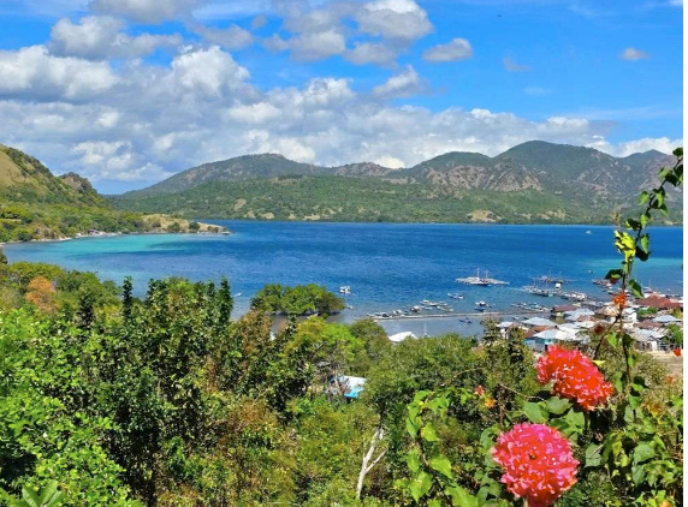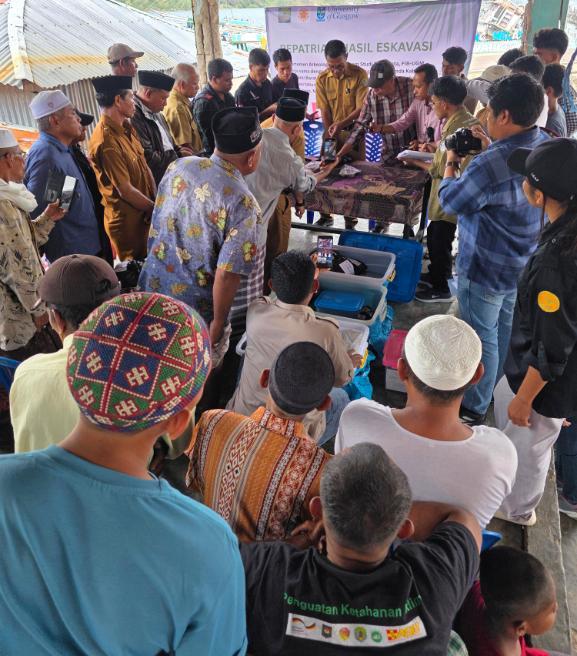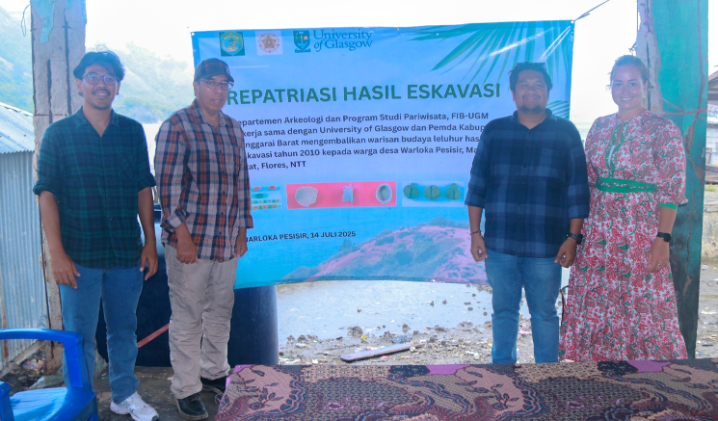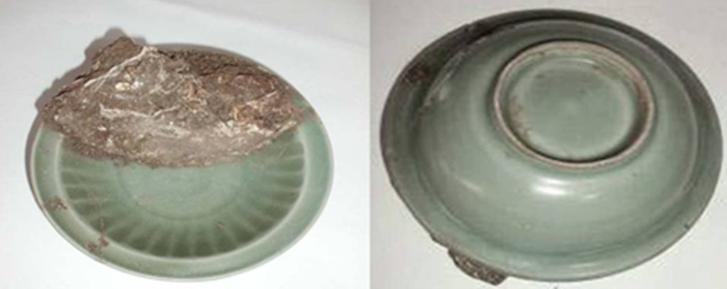UGM-UofG Partnership Leads to Repatriation of Cultural Heritage and Ancestral Remains
Published: 16 July 2025
Cultural objects and ancestral remains returned to their Warloka community of origin

(Figure 1. Warloka bay, Labuan Bajo, Indonesia)
Labuan Bajo, located on the western tip of Flores Island (Indonesia), is a well-known gateway to the Komodo National Park, now renowned for being the habitat of the rare Komodo dragons and worldclass scuba diving. However, when Dr Tular Sudarmadi first arrived in Warloka (Labuan Bajo, Indonesia) in 1997, he could only get to this sleepy, isolated fishing village by boat. Tular chose this village as field site for his graduate and doctoral archaeological studies because numerous myths identified it as the birthplace of the first Mangarrai ancestors, the main inhabitants of the province. He conducted archaeological fieldwork in Warloka for several years, collaborating with local residents when excavating various sites around the town. His findings, which included several ancestral remains and cultural objects, were transported to Universitas Gadjah Mada (UGM) as part of a Dutch-Indonesian collaborative project on Sites, Bodies and Stories in 2010. There they remained for the next 15 years, studied by UGM students and staff yet far removed from their origin communities.

(Figure 2. Decorated pottery from Warloka)
Tular and I first started working together in 2020 during a GCRF Small Grants-funded project on the trafficking of cultural and natural heritage in Indonesia. A central theme of our research concerned the repatriation of cultural objects and ancestral remains, a much-understudied topic within Indonesia. We then continued researching the challenges of heritage repatriation within the Indonesian context from the perspective of 4 origin communities (2023-24 ISPF ODA support grant). It became clear that epistemic injustice still imbues much of the research conducted with and about origin communities renowned for their cultural heritage. Moreover, Indonesian heritage management today mainly focuses on Java, the governmental centre of the Indonesia archipelago, without support for or input from its remotest regions like Labuan Bajo.
Building on these research projects, we recently applied for IPDF funding to map official narratives around the protection and repatriation of cultural heritage. As part of this project, Tular and UGM colleague Dr Rucitarahma Ristiawan visited the University of Glasgow to explore how the University, and Scotland more broadly, are contributing to postcolonial justice, equity and diversity. We had the opportunity to visit several museums around Scotland and interviewed curators at the Hunterian and National Museums Scotland. It became clear that significant progress is still needed in the field of critical heritage studies in Indonesia, as well as in the development of policy frameworks governing the repatriation of cultural objects held abroad to Indonesian communities.

(Figure 3. First presentation of the archaeological findings to be repatriated to the Warloka community)
The most significant outcome of this project, co-sponsored by UGM, is the repatriation of about 40 kgs of cultural objects and ancestral remains, excavated by Tular 15 years ago, to their Warloka community of origin. This is believed to be the first repatriation by an Indonesian scholar to the origin community of excavated findings. The repatriated collection comprises 15 categories of items, which include jewellery, stone tools, ceramics, pottery, coins, and the ancestral remains of three 13th-15th century individuals. One female, one male, and one child.
The repatriation ceremony was preceded by three public forums, where stakeholders such as local community members, politicians, heritage activists and tourism officials engaged in several hours of discussion about the appropriate location for the objects, who would be responsible for their care, and next steps to be taken. Ownership, protection and preservation responsibilities were not easy to establish as land ownership and political structures have changed since excavation – however, the community asserted that these were their ancestors and insisted on their return to the homeland, emphasizing the importance of welcoming them back through appropriate local rituals.
The actual repatriation took place on Monday 14 July in Warloka. In attendance were many residents who had helped Tular with the initial excavations. “Our family members have finally returned home”, one community member remarked. The ancestral remains were reburied in the public cemetery according to local traditions. The cultural objects will temporarily be stored at the local Tourism Office while the Warloka community selects a suitable location to exhibit these items, using this repatriation as an opportunity to educate visitors about the region’s rich history and the significance of collaborative research and repatriation.
Tular stated: “I strongly feel that I have an obligation to return these items. The community has always welcomed me as one of their own, so now I am so very happy to have a chance to return these items to where they belong. As an archaeologist with a privileged position, I do not want to contribute to the exploitative, colonial-inspired authorized heritage discourse approach that most Indonesian institutions currently use.”

(Figure 4. Project team (from left to right) Dr Ristiawan, Dr Sudarmadi, Mr Alcianto & Dr Smith)
This repatriation is an important symbolic gesture, highlighting the need for the academic community to more deeply reflect on its ethical responsibilities – including considerations of positionality, and the equitable sharing of research, knowledge and benefits – when engaging with communities. At the same time, increased government support is essential to help institutions develop respectful solutions for retaining and repatriating ancestral remains and cultural heritage that were once held for educational purposes. As a first step, UGM is committed to instating university-wide guidelines for the treatment and ultimate repatriation of all archaeologically excavated objects: the first of such an initiative within Indonesia.

(Figure 5. Small glazed dish of Yuan stoneware)
Author Dr Emiline Smith
First published: 16 July 2025
<< News

